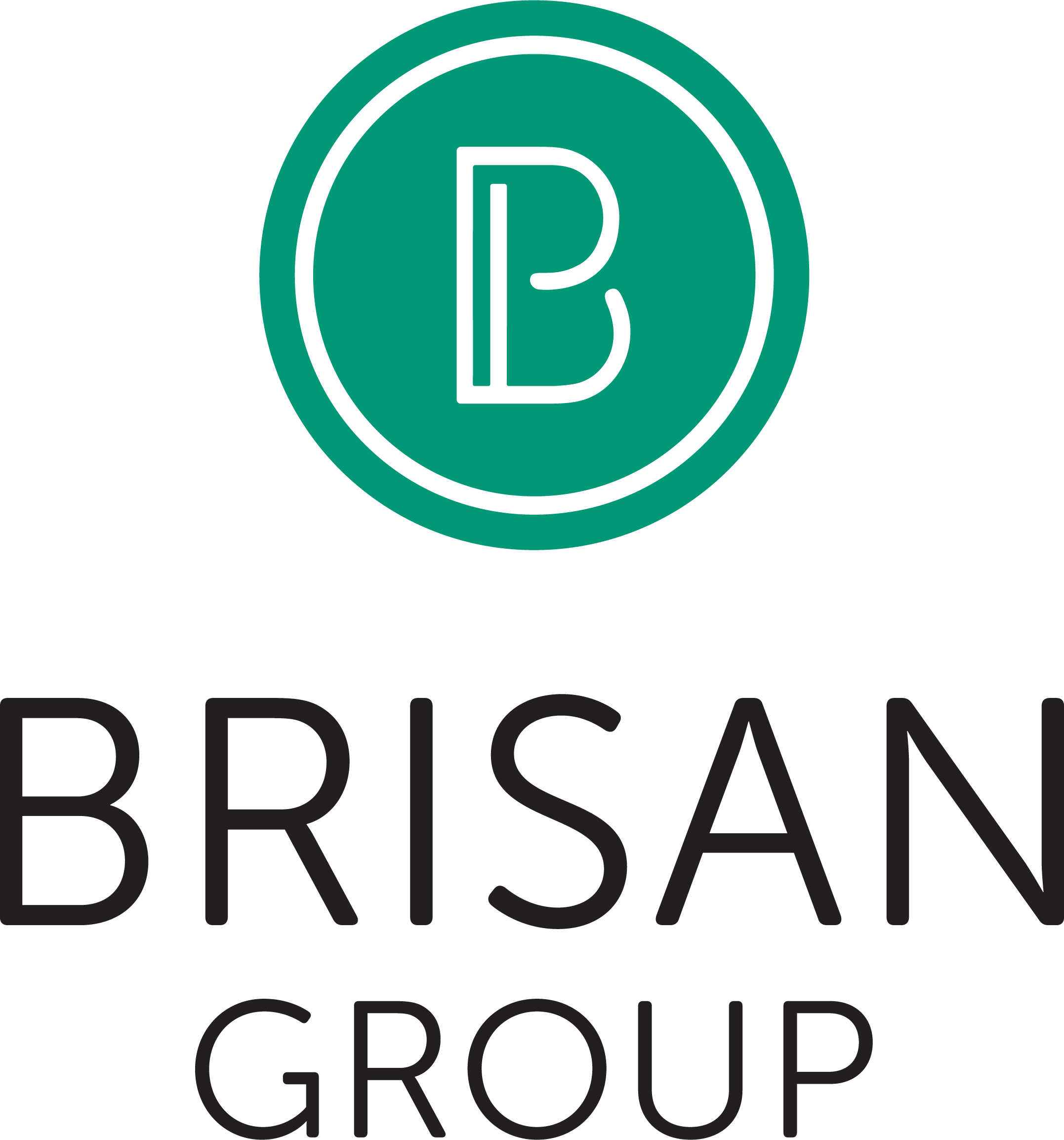Brands Can Engage With Consumers Through Ingredient Storytelling
Ingredient Storytelling
It’s easy to lose sight of the powerful nature of food when you’re on the industrial side of the food industry, where calculability, micro-testing, shelf life and pennies-per-pound rule much of production. But tapping into consumers’ feelings about food is key to creating products that bring people together, spread a philosophy and, above all, make people happy.
Food and beverage brands can take a cue from chefs when it comes to delivering the authentic food experience customers crave, which often begins with an explanation of ingredients and their origins.
Chef Daniel Barber, Blue Hill Restaurant, New York
Chefs like Dan Barber, Executive Chef and Co-Owner of the respected Blue Hill restaurant, are pioneers in demonstrating the powerful nature of food ingredients -- showing that each ingredient in a dish is tremendously important and can help tell a story.
Chef Dave Park, Executive Chef and Owner of Hanbun, a Chicago-based Korean restaurant, describes this sentiment nicely. “I think pretty much any cook who cares will tell you that finding the best ingredients and highlighting them -- with respect -- in a dish, is the best we as cooks can do. This dedication is extremely important. That, to me, is a form of ingredient storytelling -- to show our guests where the ingredient came from, how it got on their plates, and why I wanted to cook it and serve it,” he said.
Now more than ever, influential restaurants are showcasing specialty and locally-sourced ingredients with extra information about their history and origin, as well as detailed sensory information that fosters a deeper connection with diners. For example, Bouley in New York City features a selection of cheeses with descriptions that highlight their unique origins. Petit Munster Cow-Alsace is described as, "a 1,000-year-old recipe, this miniature round of washed rind cheese is luscious on the palate with sweeter notes of hay," and Ossau-Iraty AOC Sheep-Pyrenees, is featured on the menu as "a firm, classic Basque cheese that has been made in the same tradition for centuries."
If leveraged properly, this philosophy can be executed on an industrial level, giving brands an opportunity to tell consumers a bigger story about their product, mission and values.
And as we know, millennials are placing increasing value on transparent, ethical brands with cultural transcendence, worldly-intrigue and authentic products. A survey by Boston Consulting Group found that half of the 4,000 millennials surveyed said the brands they choose say something about who they are as people, and the same number actively try to select ethical brands, Fortune reported. Revealing ingredient origin in product names and marketing claims creates a feeling of authenticity, and can increase brand integrity. Ethics can be displayed by procuring novel ingredients that are direct-from-source (international or local). Brands can demonstrate worldliness through cultural awareness -- using ingredients and food culture as a social vehicle.
Some of the ways chefs, culinary developers, food scientists and marketers can use ingredient origin to tell a story include:
- Use of Fleur de sel de Guérande may suggest French inspiration, it may also suggest a brand cares deeply about minute flavor nuances -- regular salt just won't do.
- Maple syrup sourced from Outaouais-Laurentides, Quebec may suggest that a brand greatly respects Canadian culture and carefully sourced a special maple product from a remote sugar shack.
- “Locally-Sourced Goat Milk” may suggest that a brand invests back in a local community.
And if one thing has been made clear with the “clean label” movement, it’s the fact that consumers demand this transparency. They want honesty. They want authenticity. They want real food. When a brand is immediately up-front with consumers -- exposing sourcing information and inspiration -- consumers are less inclined to entertain grocery store soliloquies of, “What is this company all about?” or, “Is this company trying to pull the wool over my eyes?”
These questions spark consumers to conduct “behind the scenes” research. Much can be lost in translation. Communication coming directly from a brand allows more control over the message. And when a brand has integrity and their story is honest and engaging, they are more likely to capture consumer intrigue and loyalty.
What story do you want to tell?


